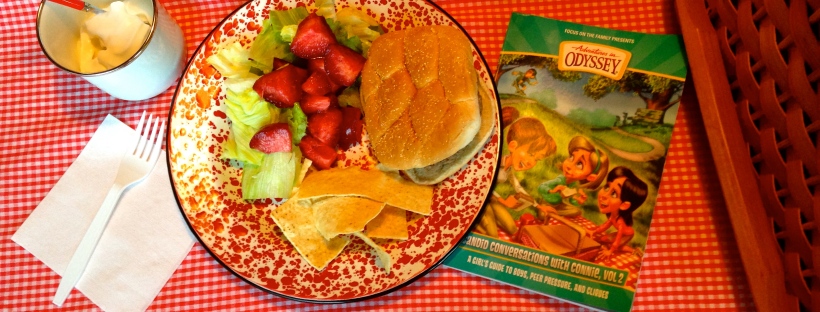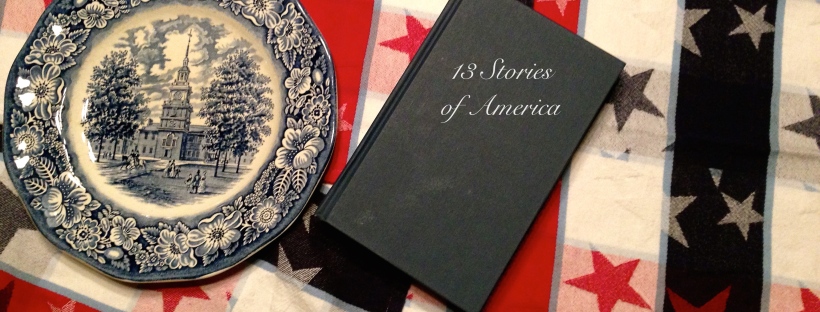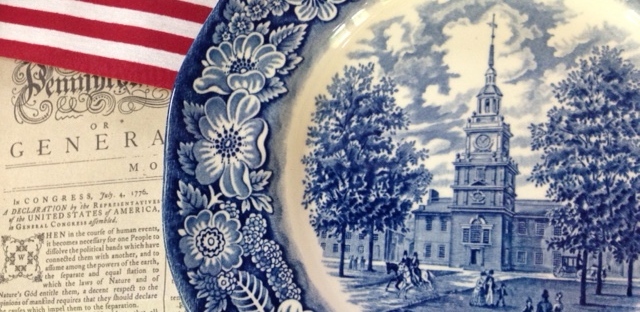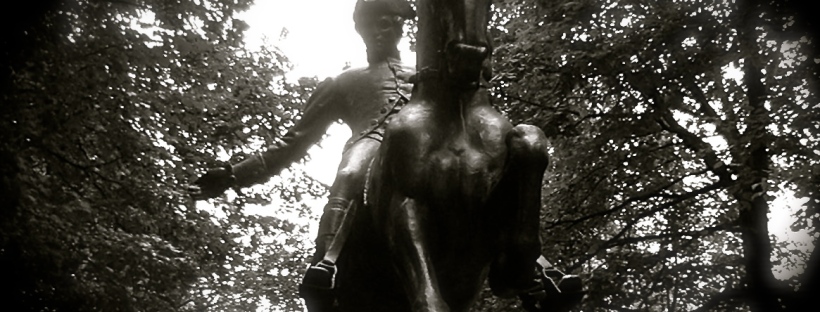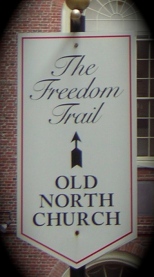It was the last picnic before school started. Elena sat munching her burger and daydreaming about decorating her locker. However, her thoughts soon turned to her list of concerns that was almost as long as the list of her school supplies. Eighth grade! Are kids going to tease me like last year? Should I really do advanced math and Spanish club or should I do drama like the cool people? Will the other girls make fun of my hair? What if I do something really embarrassing on the first day and end up with a nickname for the whole year like that one girl last year? It would be totally worse if it happened in front of a cute boy! Will I even have one good friend? She put down her burger and moved her salad around on her plate.
_____
As much of the world is heading back to school, many kids might be excited, but quite a few will be lugging around some weighty worries like Elena’s in their mental backpacks.
Girls in Elena’s shoes need to move to a different picnic blanket and meet a friend like Connie Kendall. In fact, they need to have a laughter-filled, candid conversation with her.
Happy news: Girls anywhere can do just that! In Candid Conversations with Connie, Vol. 2 (by Kathy Buchanan) fictitious-but-much-loved Connie Kendall* shares stories from her own life and gets advice from friends to help girls handle the tricky and sticky situations of growing up – all within the context of a picnic! From making it through melt-into-the-floor moments to facing “frenemies”, evaluating erratic emotions and balancing run-ins with bullies and forming friendships with boys, Connie and the girls on her picnic blanket open their mental backpacks and go through their back-to-school stresses. Connie’s upbeat and understanding tone makes the book a fun read. Questions and quizzes provide moments of refection. Even someone as old as I am found the questions thought provoking! With that in mind, this would be an awesome book for a mother-daughter time or even a junior-high girls’ study.
What’s the best thing about this book? Well, the third best thing is that Connie speaks sensitively to issues that may be different in different families/situations (e.g. dating). The second best thing is that she helps girls figure out who they are. I think this is a huge part of dealing with the negative peer pressures (like disobeying important rules, smoking and drinking alcohol – which are discussed in the book) that happen in public schools, private schools, home schools or boarding schools. Knowing what you’re about is also a vital part of being an agent of positive peer pressure. (There really is such a thing! Just read the book if you doubt it.) But the really best thing? Throughout the book, Connie points the girls to Jesus, the one Friend Who will be right there with them in junior high, high school, college and beyond (Matthew 28:20). That’s right – Elena doesn’t have to worry about not having a single friend after all!
So come on over to Connie’s roomy picnic blanket, grab a sandwich and be ready to think, share, laugh (and maybe even cry) together as the girls learn not only how to survive but also how to thrive in this school year!
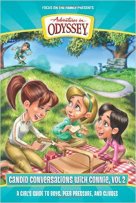
*Connie Kendall is a character in the popular radio drama series Adventures in Odyssey. But no worries! A girl doesn’t have to be an Odyssey expert or even a regular listener to enjoy this book.
